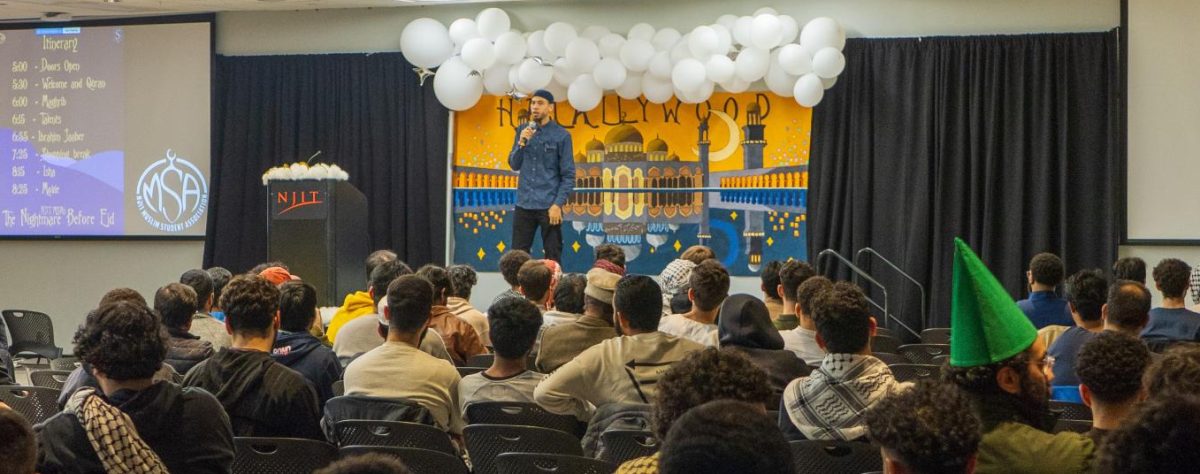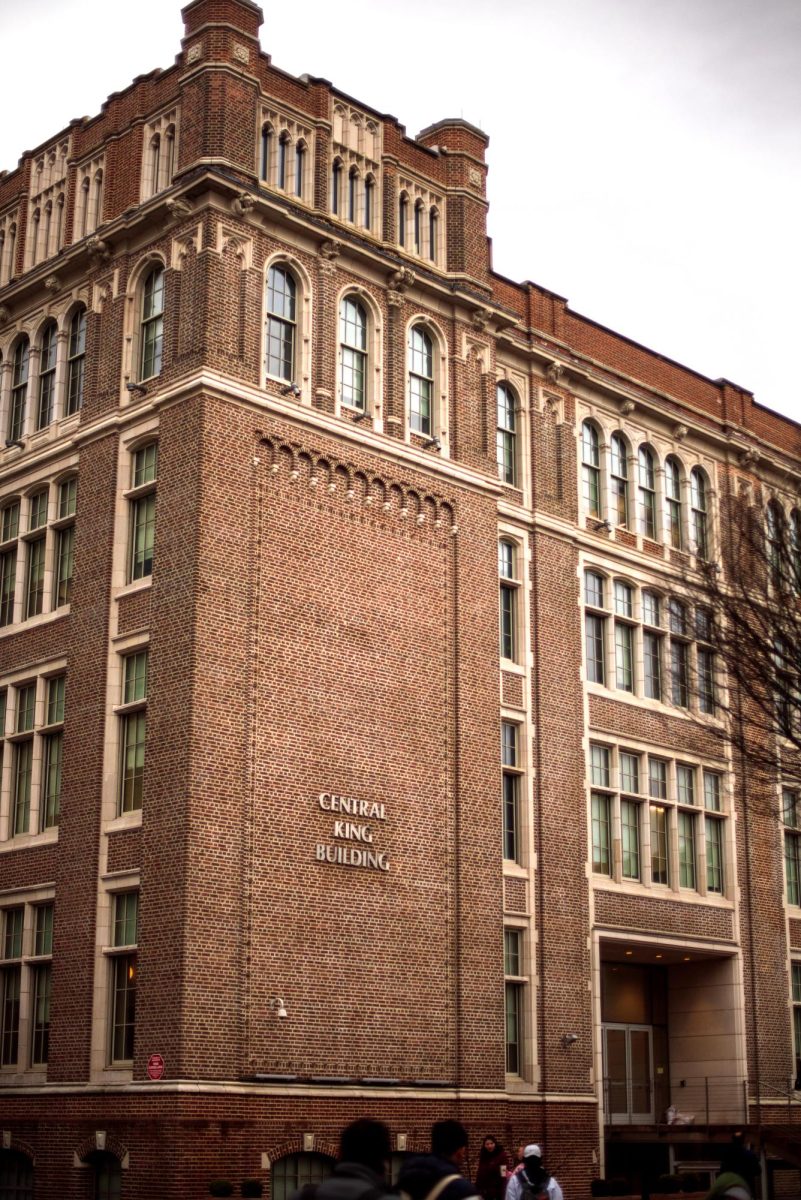As Americans, the issue of Brexit may seem like a daunting and confusing mess of political webs, few of which seem recognizable to us across the Atlantic. However, the outcome of Brexit may very well affect the global economy, and its long and complicated history is worth understanding.
Brexit stands for “British Exit,” referring to the movement across the country which seeks to leave the European Union (EU). The EU, a communal partnership of 28 member countries across Europe, allows for free movement and trade between its member nations and sets common financial standards, effectively growing over its lifespan into a large single market. For most of its members, it also regulates and maintains the integrity of the common European currency, the Euro.
In the past few decades, an anti-EU sentiment has grown in British society, as many see the organization as overbearing and dictatorial, robbing British people of the ability to fully govern themselves. This feeling, coupled with rising anti-immigrant sentiment and growing panic surrounding the migrant and refugee crises throughout Europe, led to several prominent voices calling for a movement to leave the EU. The British government, under Prime Minister David Cameron, held a nation-wide referendum on the issue on 23 June, 2016, offering citizens the choice to leave the EU or to remain. This solution was prompted to quell the dissent of those clamoring for a Brexit, and Cameron firmly believed that the vote would vindicate his belief that the UK should remain in the EU.
He was mistaken, with 52% of voters opting to leave the EU, officially setting in motion the events of Brexit as they stand today. Since the referendum, the precarious nature of the situation has become ever more clear.
The EU formerly provided the UK with a slew of ready-made trade partners, making the other member states of the EU the UK’s largest collective trading bloc. With the EU membership gone, the framework of trade deals which the UK previously enjoyed will no longer exist, forcing them to establish a patchwork of independent trade deals with the various member states of the EU to reestablish its export patterns. In the meantime, a deal between the UK and the EU would allow many of the trade agreements to stand for a time, until the new patchwork of agreements could be worked out.
The hitch in this plan is that the deal with the EU which Prime Minister Theresa May spent months creating has been vehemently rejected three times by the British Parliament. Aside from issues of the overall cost and the amount the UK would owe the EU in legal and administrative fees when they leave, the main issue which has blocked great parts of this bill from gaining approval relates to Northern Ireland.
Northern Ireland is one of the countries making up the United Kingdom. In the past century, from the 1960s until the Good Friday Agreement of 1998, the border between Northern Ireland and the Republic of Ireland was rocked with violence and terror attacks from rebel militia groups on both sides in a period called The Troubles. This conflict stemmed from divides in religion, politics, and government oversight, exacerbated by the existence of a hard border between the two nations.
After the Good Friday Agreement, the conflict was mostly resolved, and travel between the two nations was regulated through the EU’s rules of free travel between member states, meaning the former border of checkpoints, guard towers, and armed guards was removed, greatly increasing the chances for peace in the region.
In order to avoid a Brexit without a deal behind it, which would lead to another hard border between the UK and Ireland, Theresa May worked out deals allowing Northern Ireland to exist under a semblance of EU control, allowing free movement between the two Irish nations, and creating a harder border between Northern Ireland and the rest of the United Kingdom.
However, the Leave campaign and their supporters in Parliament have objected to this as not a true Brexit, leaving the UK in their minds still under the control of the EU’s lawmaking body without any say. This issue has delayed the resolution of the deal, and the exit date for Brexit has crept ever closer.
Originally, the date for the UK to leave the EU had been set as March 29, 2019, but as that day drew closer with no resolution in sight, Theresa May reached a deal for an extension with the EU, moving the exit date to October 31, 2019. If the EU and the UK do not reach a deal in this time, the UK will exit the EU with no deal in place, a lack of trade agreements with European nations, and a hard border between the UK and Ireland.
This long and complex series of situations has thus culminated in a fraught race against the clock for the UK, with high stakes for British businesses and Irish citizens. Such uncertainty and potential destabilization of a major global economic player stands to greatly disrupt the global economy, leaving many around the world uncertain of the future as they watch the UK with bated breath for itsnext move.































